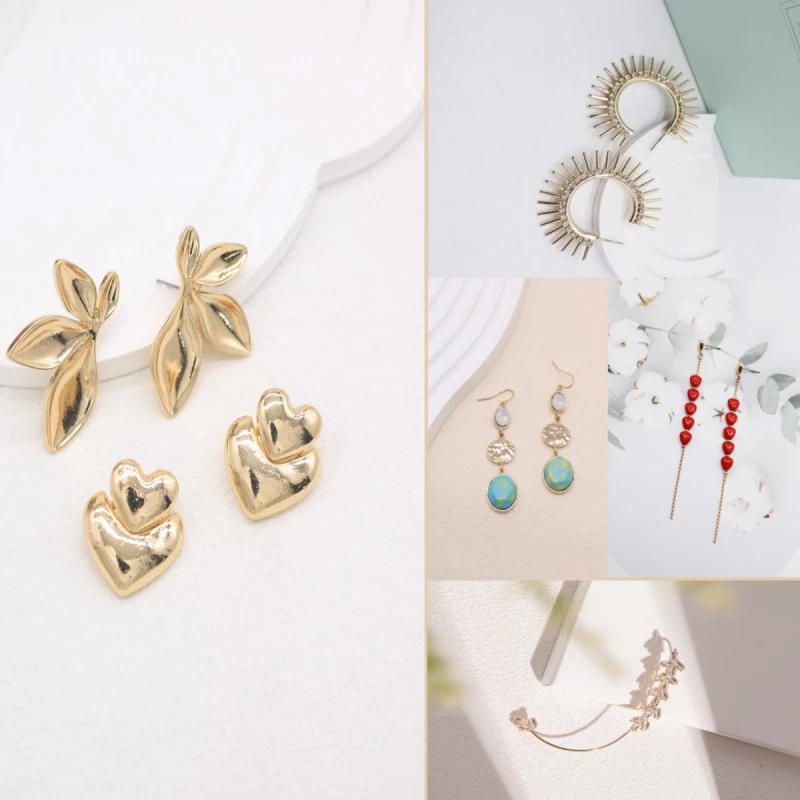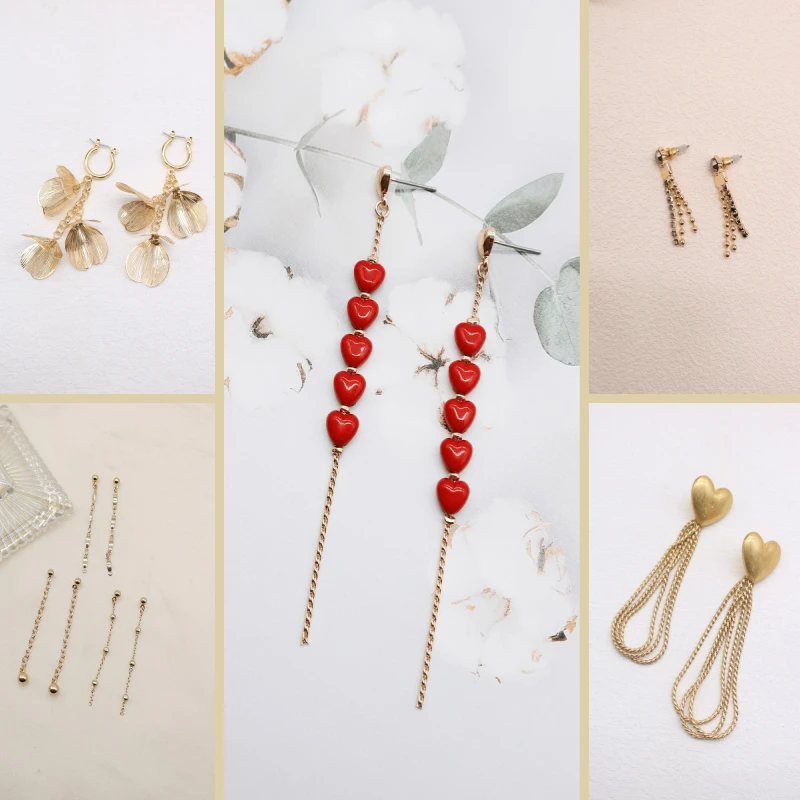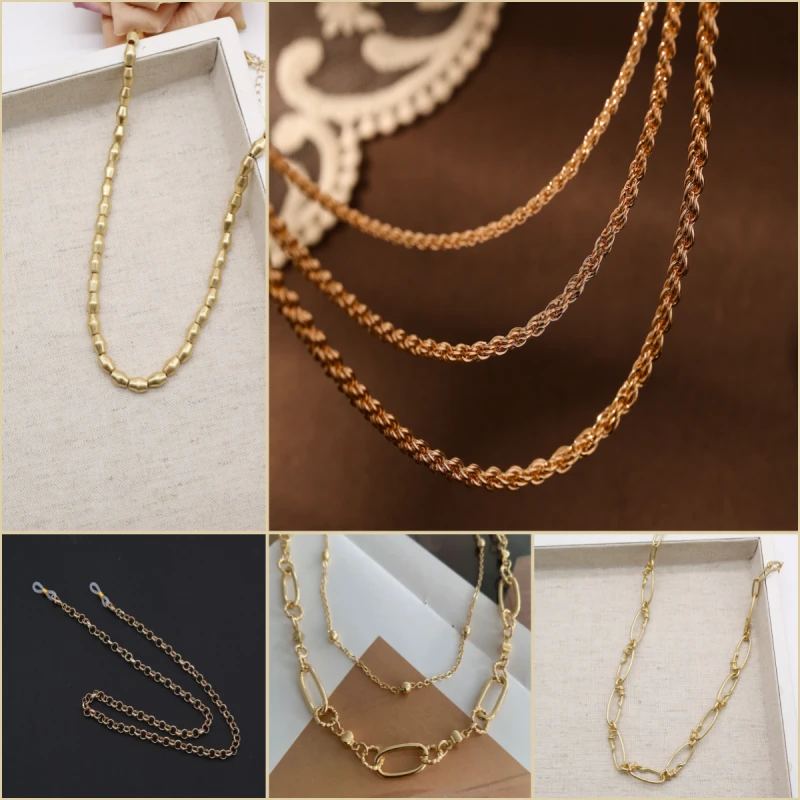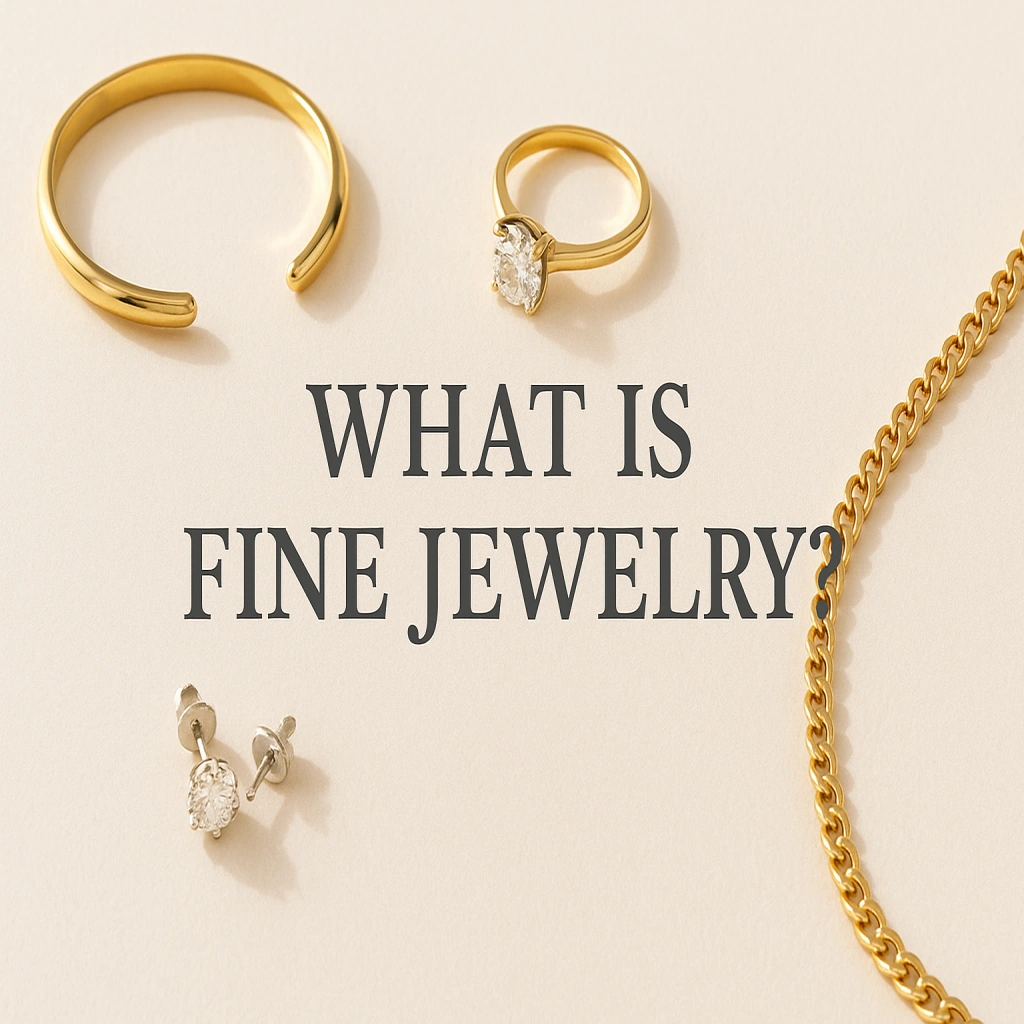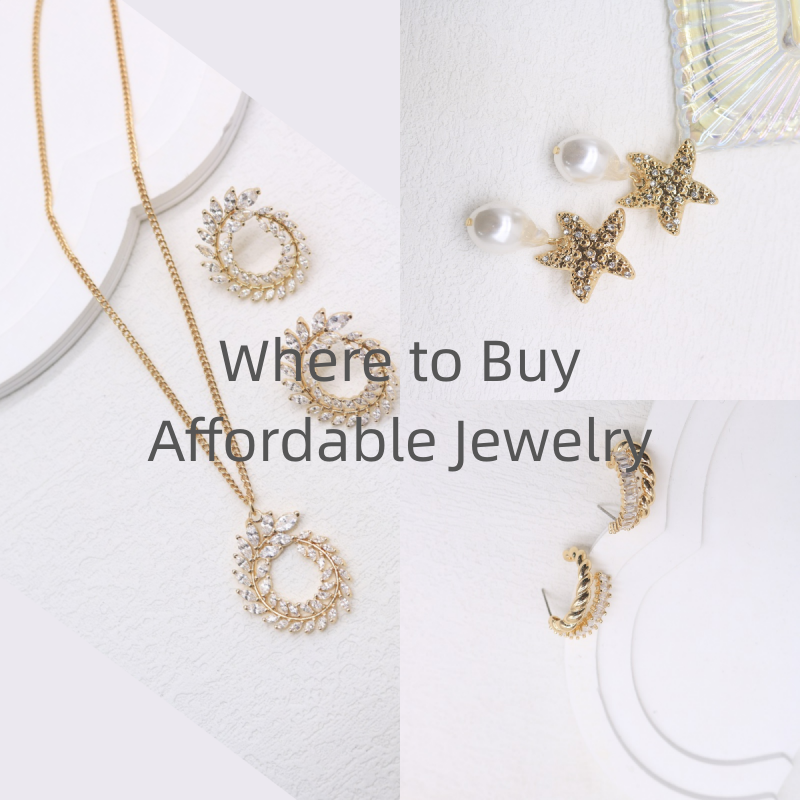f you’ve ever browsed a jewelry store or shopped online, you’ve probably come across the terms chain and necklace. At first glance, they might look similar—both go around your neck, both can be stylish, and both make great accessories. But when it comes to chain vs necklace, there are key differences you’ll want to know before making a purchase.
In this guide, we’ll break down the differences, talk about materials, styles, and occasions, and give you some practical tips on how to choose between a chain and a necklace.
Chain vs Necklace: What’s the Real Difference?
The main difference is pretty simple:
A chain is a type of jewelry made of linked metal loops. It can be worn plain, layered, or used to hold a pendant.
A necklace is a broader term that includes chains, but also pendants, beads, pearls, chokers, or any other decorative piece worn around the neck.
Think of it this way: All chains are necklaces, but not all necklaces are chains.
For example, a plain gold rope chain is a chain, but a pearl strand or a diamond pendant on a chain is a necklace.
Style and Fashion Differences
Chains
Minimalist look – Great for everyday wear.
Layering piece – Can be stacked with other chains or paired with pendants.
Unisex – Popular among both men and women.
Trendy types – Cuban link, rope chain, Figaro, snake chain.
Necklaces
Statement pieces – Often designed to stand out.
More variety – Includes beads, pearls, gemstones, and pendants.
More formal – Often worn for special occasions.
Popular types – Pearl necklaces, pendant necklaces, chokers, collar necklaces.
Chain vs Necklace: Which Is Better for Everyday Wear?
Chains are usually more durable and simple, making them perfect for daily wear. You can wear a chain to work, to the gym, or just casually with a T-shirt.
Necklaces are more decorative and often delicate. They’re ideal for formal dinners, weddings, or when you want to make a fashion statement.
So, if you’re looking for something versatile and low-maintenance, go with a chain. If you want something elegant and eye-catching, a necklace is the way to go.
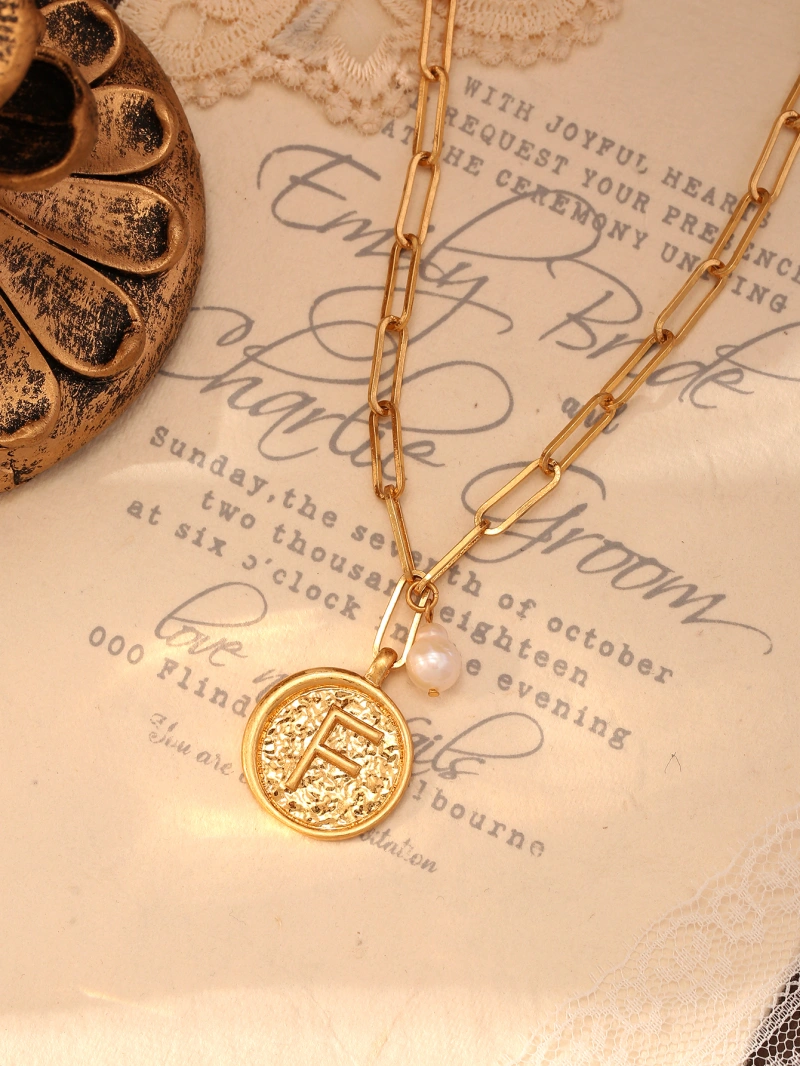
necklace
Materials to Consider
When choosing between a chain and a necklace, the material matters a lot for both durability and style.
Gold – Classic and timeless. Available in yellow, white, and rose gold.
Silver – Affordable and stylish but may tarnish over time.
Platinum – Durable, hypoallergenic, and luxurious.
Stainless Steel – Strong and budget-friendly, great for men’s chains.
Pearls/Gemstones – Common in necklaces, adding a touch of elegance.
If you want durability, go for gold or stainless steel chains. If you want sophistication, a pearl or gemstone necklace might be better.
Price Comparison: Chain vs Necklace
Chains: $50 – $2,000+ depending on the material and thickness. A plain sterling silver chain may cost under $100, while a heavy gold Cuban link chain can cost thousands.
Necklaces: $100 – $10,000+ depending on the design, gemstones, and brand. A pearl necklace or diamond pendant necklace is usually more expensive than a plain chain.
In general, necklaces are pricier because they often include gemstones or artistic design elements.
Buying Tips: How to Choose Between a Chain and a Necklace
Consider Your Lifestyle
If you’re active and want something durable, choose a chain.
If you attend events or want to dress up, choose a necklace.
Think About Versatility
A chain can be worn every day and paired with pendants later.
A necklace is more of a statement piece and may not work for daily wear.
Set a Budget
Chains are generally more affordable.
Necklaces can get expensive if they include pearls, diamonds, or gemstones.
Match With Outfits
Chains look great with casual outfits.
Necklaces elevate formal or elegant looks.
Check Comfort and Weight
Heavy Cuban chains can be bold but may feel heavy for all-day wear.
Delicate necklaces may tangle easily if worn during active movement.
Chain vs Necklace: Which Should You Buy First?
If you’re starting your jewelry collection, a chain is usually the smarter first purchase. It’s versatile, easy to wear daily, and you can always add a pendant later.
Once you have a good everyday chain, you can expand to necklaces for special occasions. That way, you’ll have both practical and decorative options in your jewelry box.
Quick FAQ: Chain vs Necklace
1. Can a chain be considered a necklace?
Yes. A chain is a type of necklace, usually without extra decorations.
2. Which is more durable: chain or necklace?
Chains are typically stronger and more durable, especially thicker ones like Cuban or rope chains.
3. Are chains more popular for men than necklaces?
Yes. Men usually prefer chains because they’re simple, stylish, and masculine.
4. Which is more expensive?
Necklaces are usually more expensive because they often include gems or pearls.
5. Can you wear both together?
Of course! Many people layer chains with necklaces for a stylish, modern look.
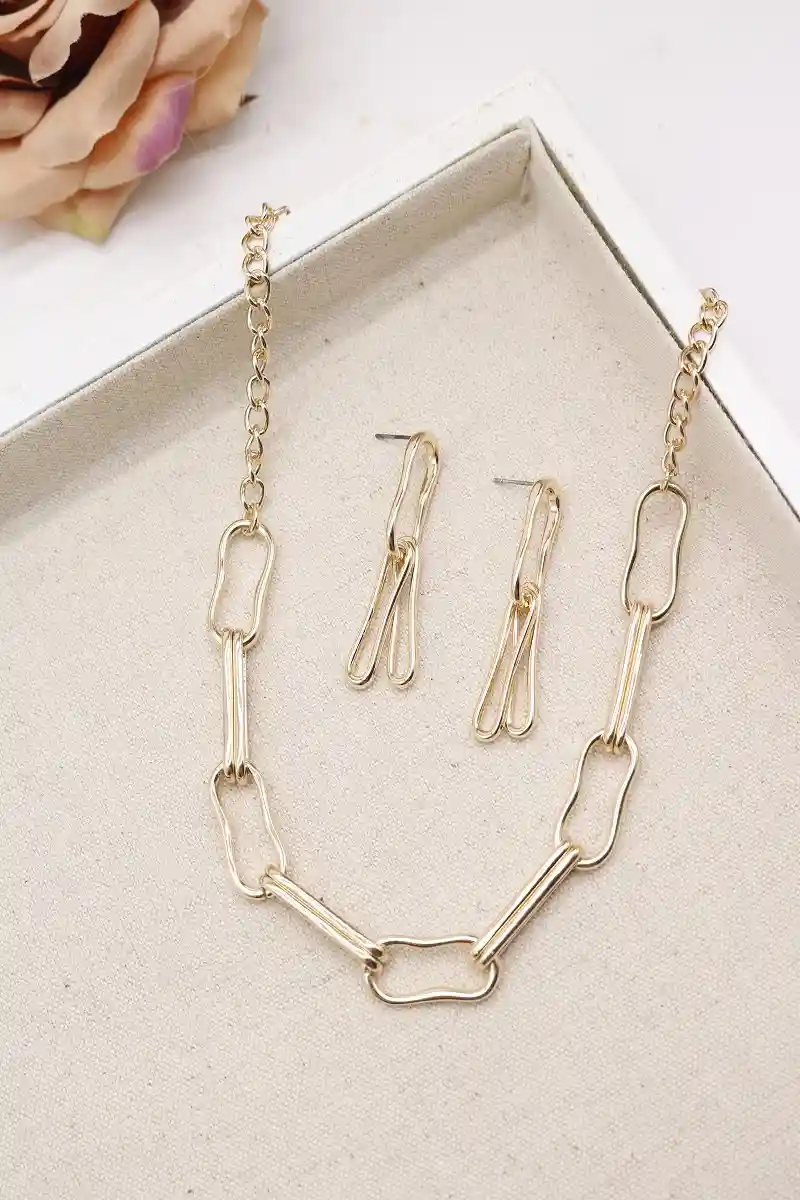
Chain
Final Thoughts
When it comes to chain vs necklace, it really depends on your lifestyle, fashion goals, and budget.
Choose a chain if you want something simple, versatile, and durable for everyday wear.
Choose a necklace if you want a decorative, elegant piece for special occasions.
The good news? You don’t have to pick just one. A solid chain plus a statement necklace gives you the best of both worlds.
How to Choose Necklaces for Your Jewelry Business: Practical Sourcing Guide
Starting or expanding a jewelry business can be exciting, but also a little overwhelming—especially when it comes to picking the right products. Among all jewelry types, necklaces are some of the best-selling items worldwide. They appeal to different age groups, fit various fashion trends, and can be sold both online and offline.
But here’s the big question: how do you choose the right necklaces for your store?
In this article, we’ll go step by step through practical, real-world advice on selecting necklaces, keeping your target market in mind, and why sourcing from China is often the smartest move for small and large businesses alike.
Step 1: Understand Your Market
Before you even look at catalogs or suppliers, you need to know who you’re selling to. Necklaces come in endless styles, but not every style works for every audience.
Young customers often prefer trendy, low-cost fashion jewelry—think chokers, layered chains, and stainless steel designs.
Professionals may look for minimalist gold or silver chains that work with office outfits.
Luxury buyers want statement necklaces with gemstones or unique craftsmanship.
Tip: Check social media trends (TikTok, Instagram, Pinterest) to see what’s popular among your target buyers.
Step 2: Decide on Materials
The material of a necklace affects its price, durability, and appeal.
Stainless steel – Affordable, durable, and great for men’s and unisex designs.
Brass or copper with plating – Common in fashion jewelry, allows for gold or silver looks at lower cost.
Sterling silver (925) – Higher quality, tarnish-resistant, and popular for mid-range jewelry.
Gold (10k, 14k, 18k) – Timeless and luxurious but more expensive.
Pearls & gemstones – Elegant, usually for higher-end collections.
For beginners, start with stainless steel and plated brass necklaces. They’re affordable, trendy, and high in demand.
Step 3: Choose the Right Necklace Types
Not all necklaces sell equally well. Focus on what moves fastest in the market:
Chains – Versatile, unisex, and perfect for layering.
Pendant necklaces – A best-seller in almost every region.
Chokers – Popular with younger audiences.
Layered necklaces – A huge trend on social media.
Pearl necklaces – A comeback trend in women’s fashion.
Mix a few classic styles (chains, pearls) with trendy designs (layered, chokers) so you can cover different buyer needs.
Step 4: Focus on Quality Control
When you’re reselling jewelry, customer reviews will make or break your business. Poor quality necklaces can tarnish quickly, break easily, or cause allergies.
Ask suppliers for sample orders before bulk purchasing.
Check the plating thickness (at least 0.5–1 micron for gold plating).
Confirm nickel-free and lead-free standards to avoid skin reactions.
Look at clasp strength—cheap clasps break fast.
Remember: selling low-quality necklaces might give you short-term profit but long-term losses in reputation.
Step 5: Why Source Necklaces from China?
If you’re serious about running a jewelry business, China is one of the best sourcing hubs in the world. Here’s why:
Wide variety – From stainless steel chains to luxury designs, suppliers cover all price ranges.
Competitive pricing – Bulk orders from Chinese factories are far cheaper than buying locally.
OEM/ODM services – Many factories let you customize designs with your own brand logo.
Strong supply chain – China has well-established jewelry manufacturing clusters (Guangzhou, Yiwu, Qingdao).
Scalability – You can start small (100–200 pieces) and scale up easily.
Platforms like Alibaba, Made-in-China, or direct factory contacts can connect you to reliable suppliers.
Step 6: Negotiate Smartly
When sourcing necklaces from China, negotiation is part of the process.
Always ask for MOQ (minimum order quantity)—some factories allow smaller orders for new buyers.
Request a price list with different materials so you can compare profit margins.
Confirm production lead times (usually 20–30 days).
Don’t forget shipping costs—air freight is faster, sea freight is cheaper for bulk orders.
Pro Tip: Start with one or two reliable suppliers instead of spreading small orders across too many factories.
Step 7: Branding Matters
In today’s jewelry market, branding sells as much as design. Even a simple stainless steel necklace can become a premium item if packaged well.
Use custom tags, pouches, or boxes with your logo.
Offer bundle deals (e.g., layered chain sets).
Use social media influencers to showcase your products.
Remember, buyers don’t just buy jewelry—they buy the feeling of style and identity that comes with it.
Quick Checklist for Choosing Necklaces to Sell
✅ Know your target audience
✅ Choose materials that fit your budget and market
✅ Mix classic and trendy designs
✅ Test samples before bulk orders
✅ Source from China for variety and cost advantage
✅ Negotiate MOQs and shipping terms
✅ Invest in branding and packaging
Final Thoughts
When it comes to building a successful jewelry business, knowing how to choose the right necklaces is key. Chains, pendants, pearls, or chokers—each has its place in the market. But the real winning formula is this: offer quality designs at the right price, and source smartly.
That’s why many business owners look to China’s jewelry suppliers. With huge variety, cost savings, and customization options, it’s the ideal way to start or grow your necklace line.
So whether you’re just starting your jewelry shop or scaling up, keep these steps in mind, and you’ll be on your way to selling necklaces that customers love—and keep coming back for.

